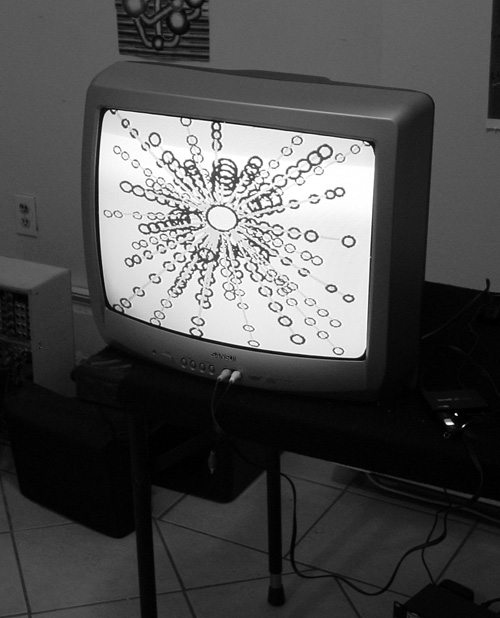
Rising Tensions re-posted this jpeg-collage by yrs truly, from 2011, on tumblr this week.
She thought the source was perhaps what Lena Dunham called "these remarkable, special weirdos who I found on the Internet" as opposed to a gruff, consummate insider. Would it have made any difference?
Also, did all of the 36 tumblr notes know that the Computer Space game from the early '70s (on the left) was shopped in? It is a little grainier. We'll never know.
Also which is better, public tumblr acknowledgment or the quiet satisfaction that some f-ed thing you made, made the rounds?
Hat tip again to dump.fm, where the rest of the image appeared back in '11.



